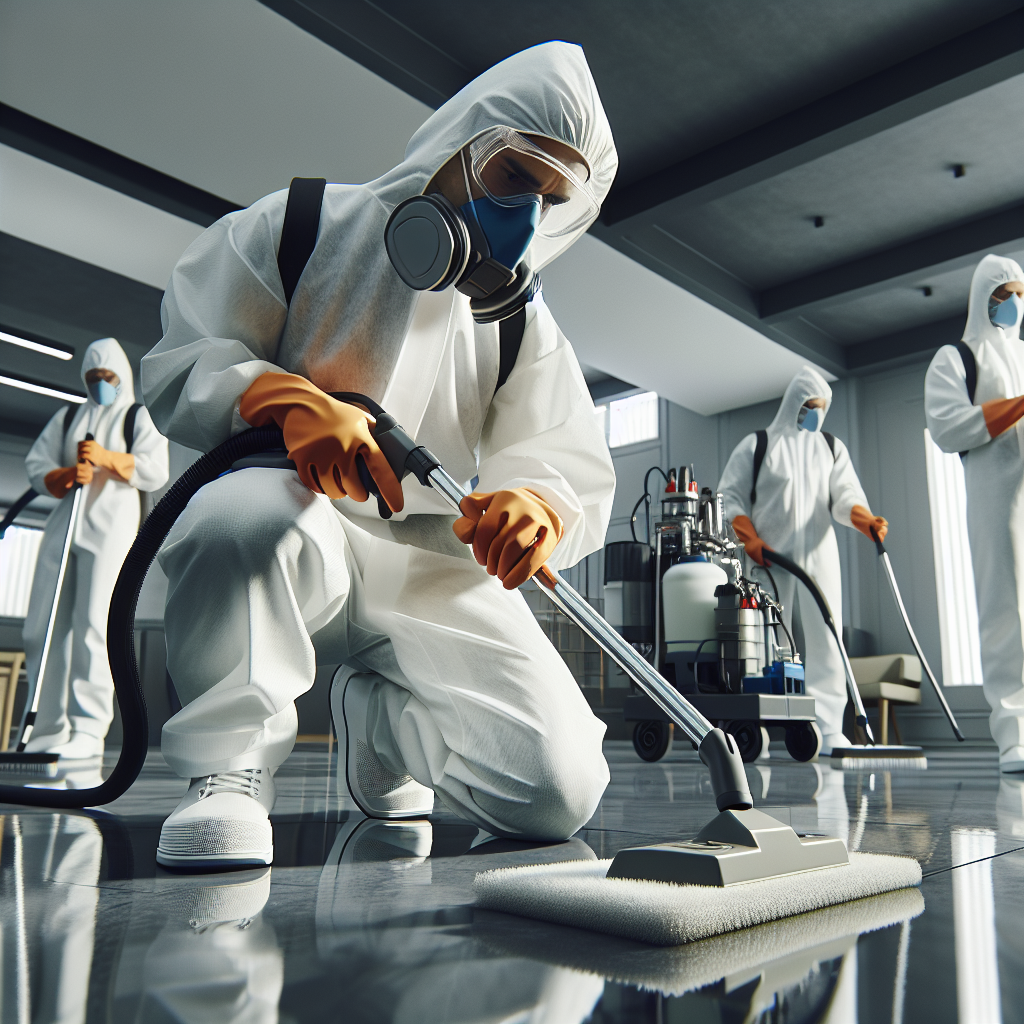Importance of Effective Cleaning in Healthcare Facilities
Effective cleaning in healthcare facilities is paramount for preventing the spread of infections. Pathogens can linger on surfaces, medical equipment, and high-touch areas, posing a significant risk to vulnerable individuals. By implementing thorough cleaning protocols, healthcare facilities can create a hygienic environment that supports patient recovery and staff well-being.
Tailored Cleaning Plans for Different Areas
Healthcare facilities consist of diverse areas with unique cleaning requirements. It is essential to develop tailored cleaning plans based on the specific needs of each space. High-risk areas such as operating rooms and patient rooms demand rigorous cleaning protocols to minimize the transmission of pathogens.
- Collaborate with infection control specialists to design specialized cleaning protocols for critical areas.
- Implement color-coded cleaning tools to prevent cross-contamination between different areas.
- Conduct regular audits to assess the effectiveness of cleaning plans and make adjustments as needed.
Advanced Surface Disinfection Techniques
Surface disinfection plays a crucial role in preventing healthcare-associated infections. Utilizing advanced techniques and EPA-approved disinfectants is essential for achieving optimal cleanliness and germ control. Understanding contact times, application methods, and compatibility with different surfaces is key to effective disinfection.
Proper disinfection requires thorough cleaning of surfaces before applying disinfectants to ensure maximum efficacy.Importance of Equipment Maintenance
Well-maintained cleaning equipment is essential for achieving optimal cleaning outcomes in healthcare facilities. Regular inspection, cleaning, and maintenance of equipment such as vacuum cleaners, floor scrubbers, and mops are necessary to prevent equipment-related contamination and ensure efficient operation.
- Develop a maintenance schedule for cleaning equipment to prevent breakdowns and maintain performance.
- Train staff on proper equipment usage and maintenance procedures to prolong the lifespan of cleaning tools.
Ongoing Staff Training and Education
Continuous staff training and education are fundamental in ensuring that cleaning professionals are equipped with the knowledge and skills required to perform their duties effectively. Training programs should cover topics such as infection control, chemical safety, and proper cleaning techniques to uphold high standards of cleanliness in healthcare settings.
Integration of Technology for Enhanced Cleaning Efficiency
Technology plays a significant role in enhancing cleaning efficiency and productivity in healthcare facilities. Automated cleaning systems, UV-C disinfection robots, and cleaning management software can streamline processes, improve tracking capabilities, and optimize resource allocation for maximum impact.
Collaboration with Infection Control Experts
Collaboration between cleaning professionals and infection control experts is essential for developing comprehensive cleaning strategies that effectively reduce the risk of infections in healthcare facilities. By working together, these specialists can leverage their expertise to implement evidence-based practices and drive continuous improvement in cleanliness standards.
- Foster open communication channels between cleaning staff and infection control teams to exchange insights and address emerging challenges.
- Conduct joint training sessions to enhance cross-functional collaboration and promote a shared commitment to infection prevention.



